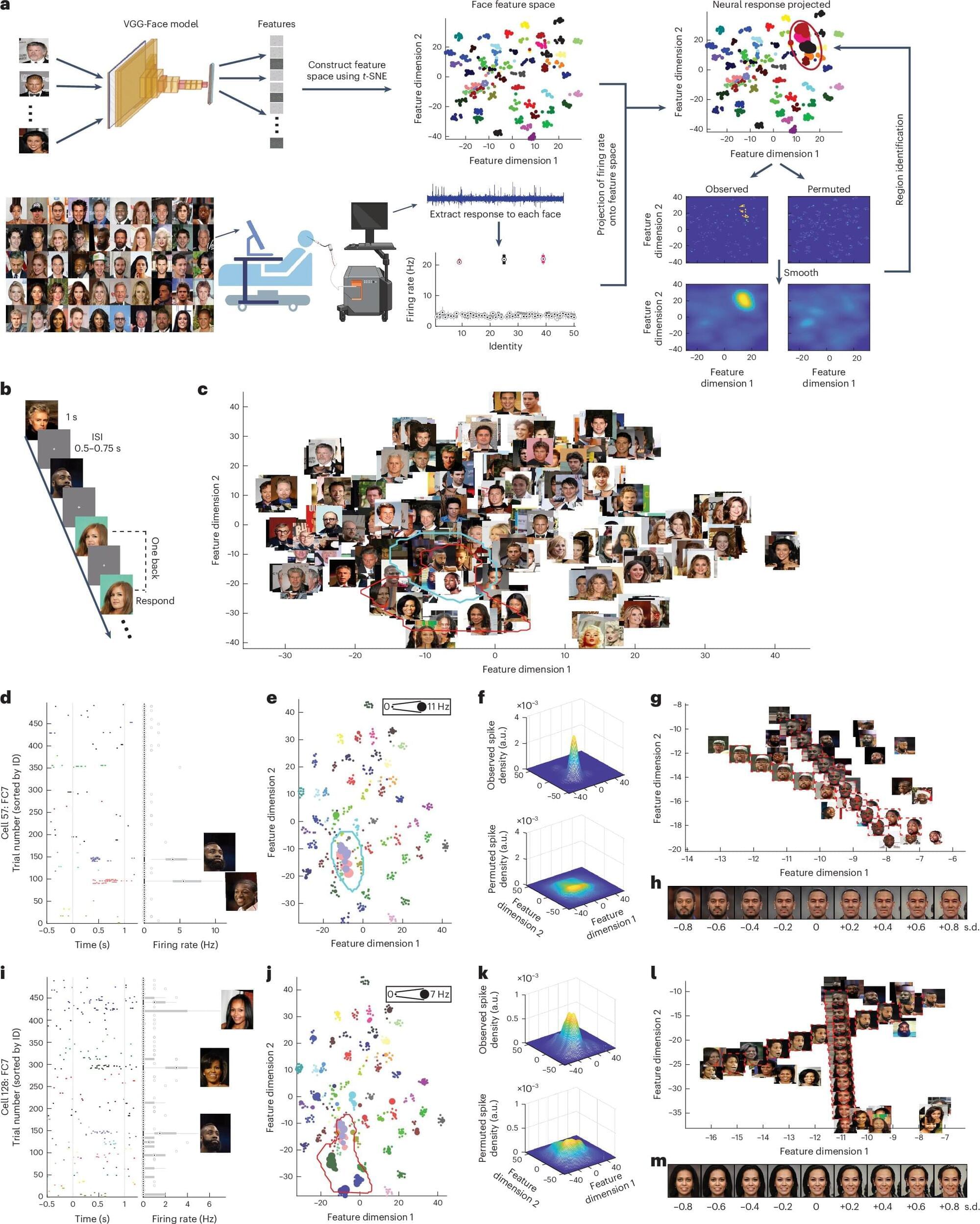Humans are innately capable of recognizing other people they have seen before. This capability ultimately allows them to build meaningful social connections, develop their sense of identity, better cooperate with others, and identify individuals who could pose a risk to their safety.
Several past studies rooted in neuroscience, psychology and behavioral science have tried to shed light on the neural processes underlying the ability to encode other people’s identities. Most findings collected so far suggest that the identity of others is encoded by neurons in the amygdala and hippocampus, two brain regions known to support the processing of emotions and the encoding of memories, respectively.
Based on evidence collected in the past, researchers have concluded that neurons in these two brain regions respond in specific ways when we meet a person we are acquainted with, irrespective of visual features (i.e., how their face looks). A recent paper published in Nature Human Behaviour, however, suggests that this might not be the case, and that individual neurons in the amygdala encode and represent facial features, ultimately supporting the identification of others.
